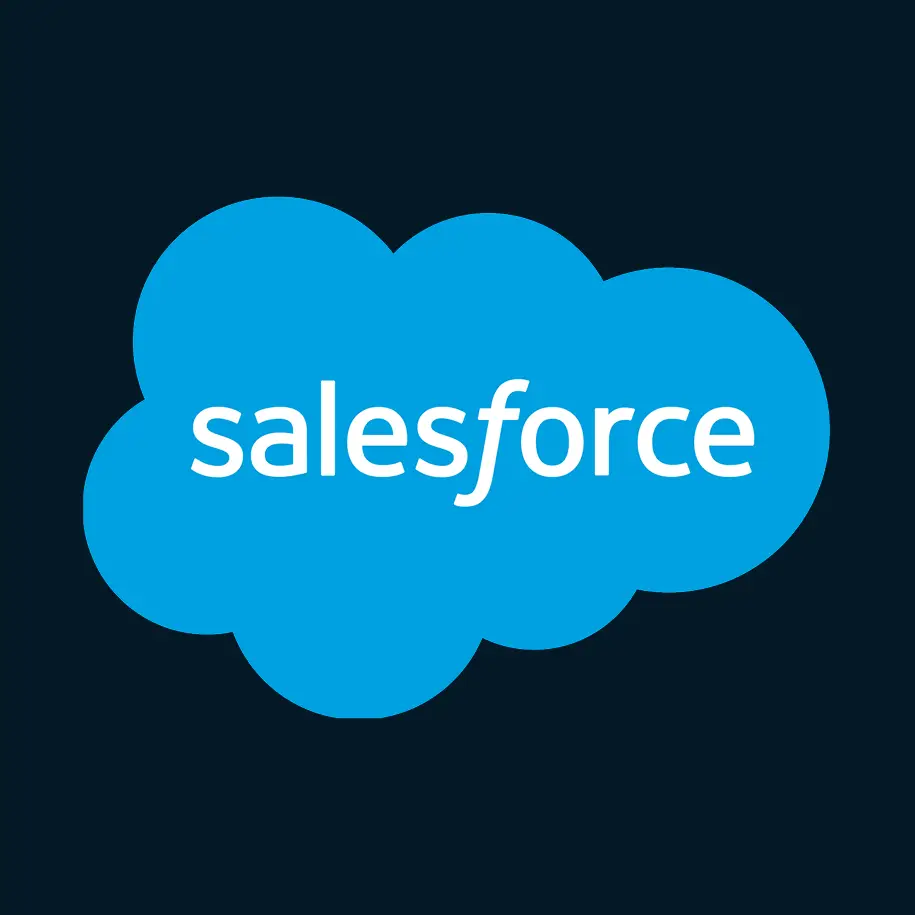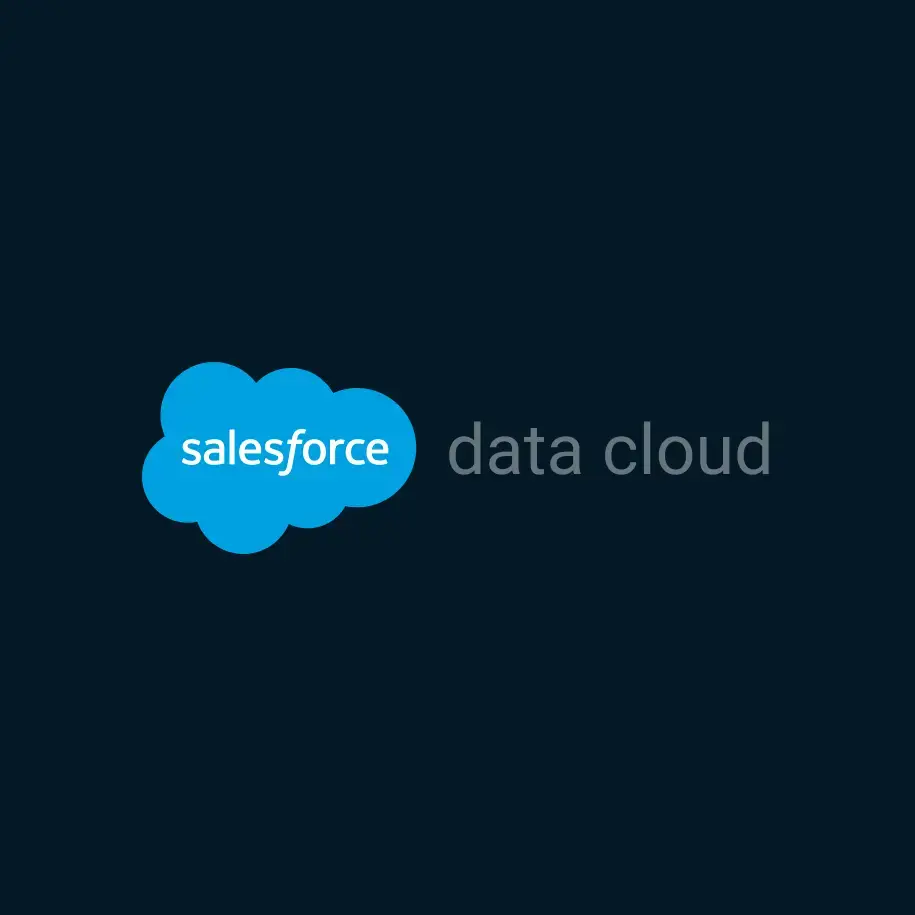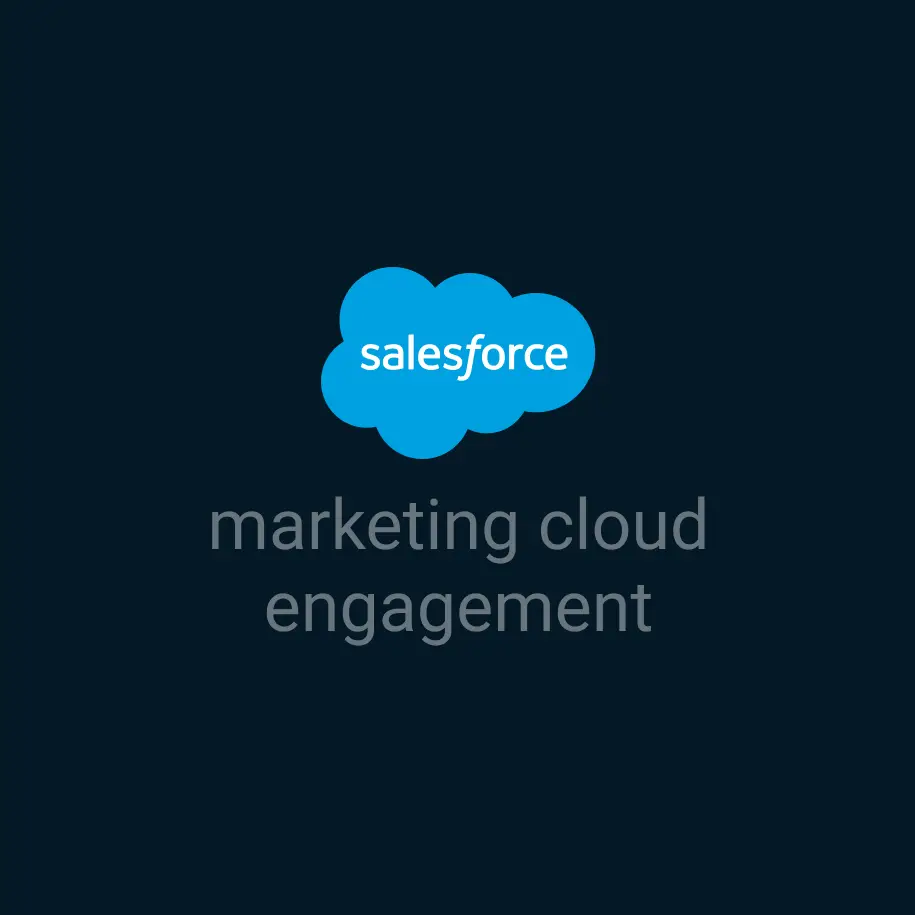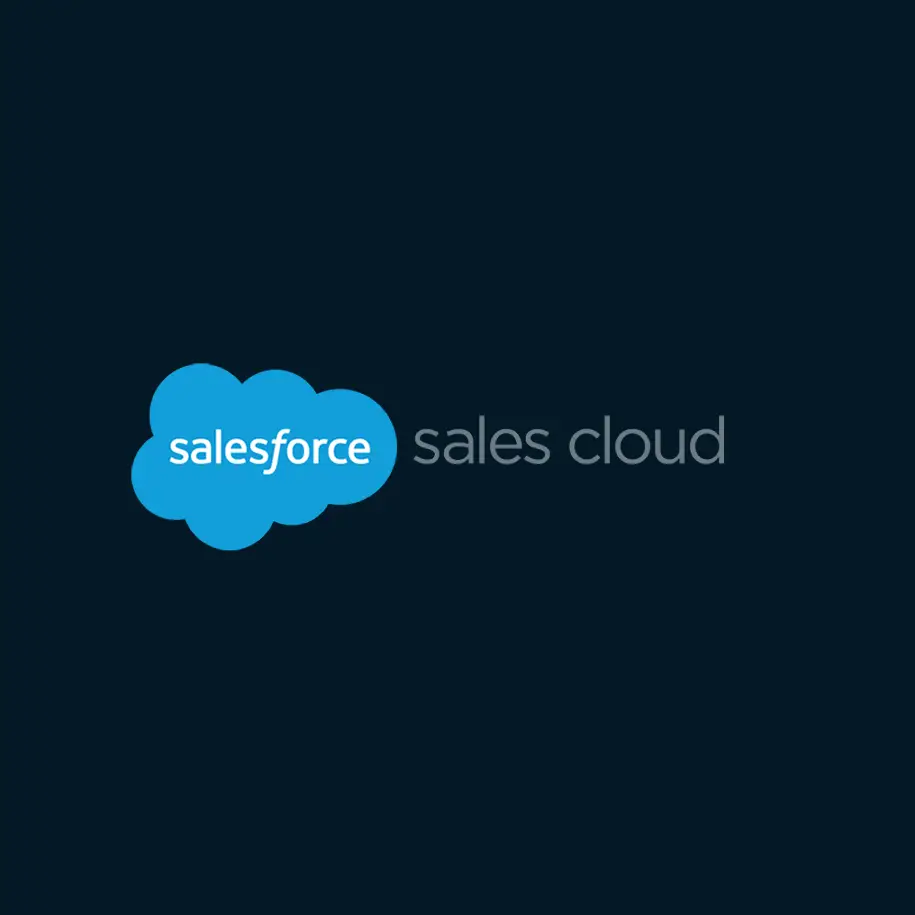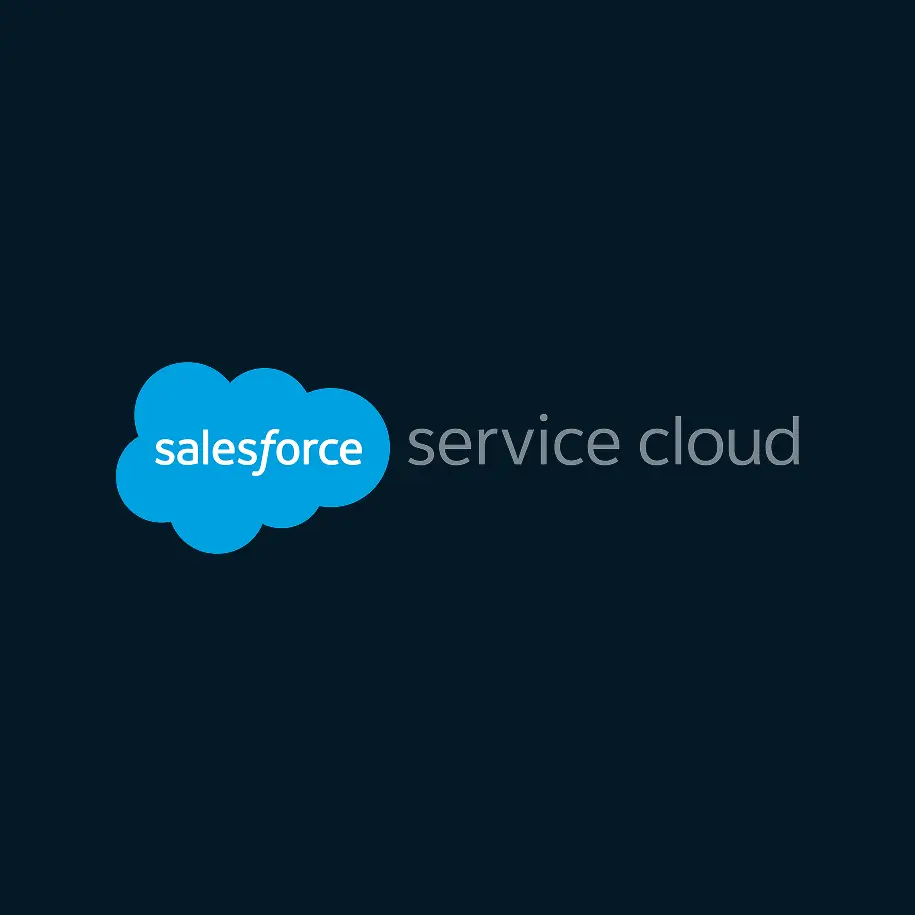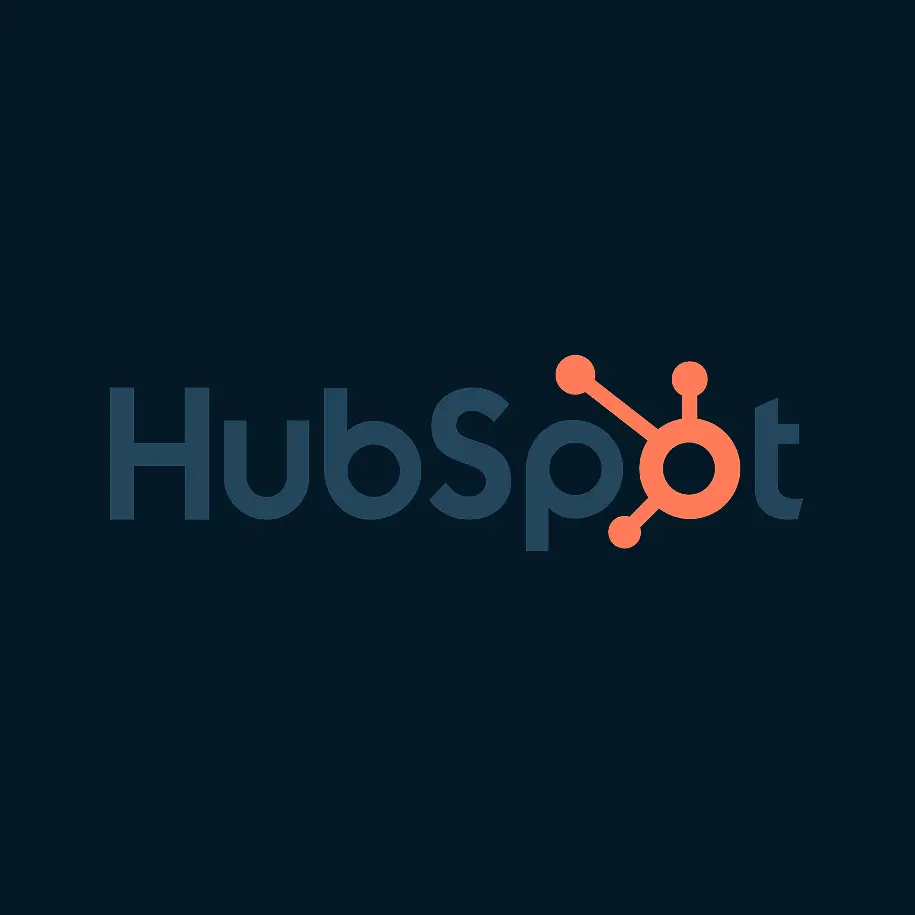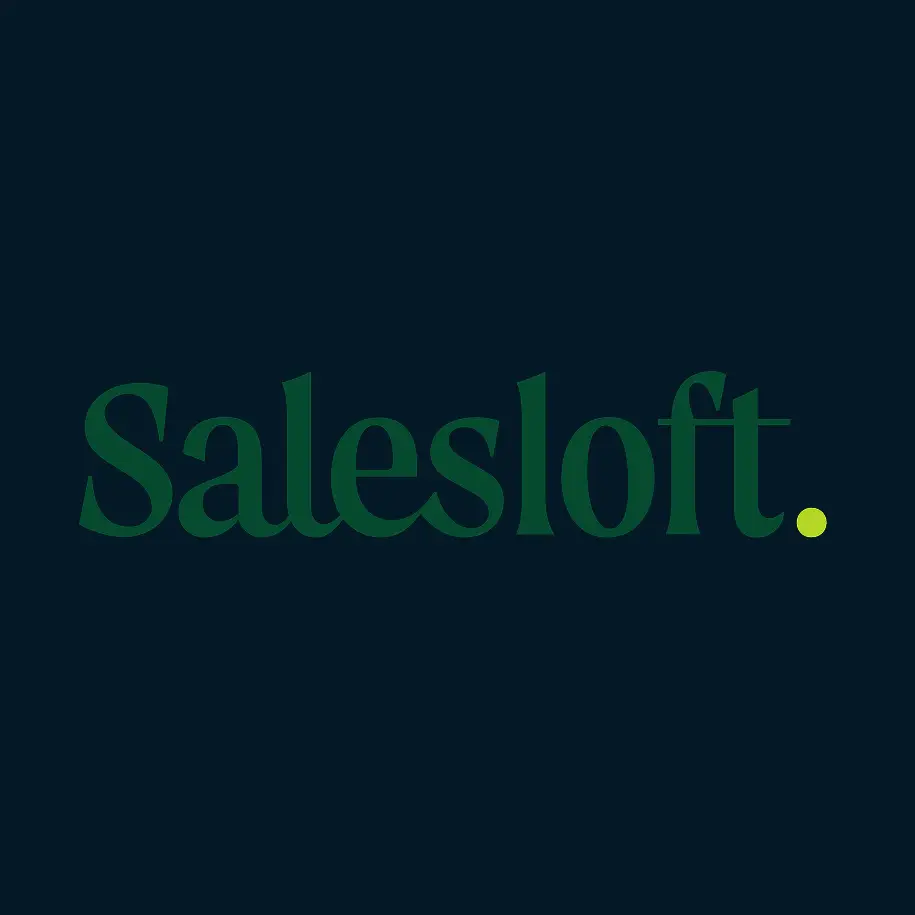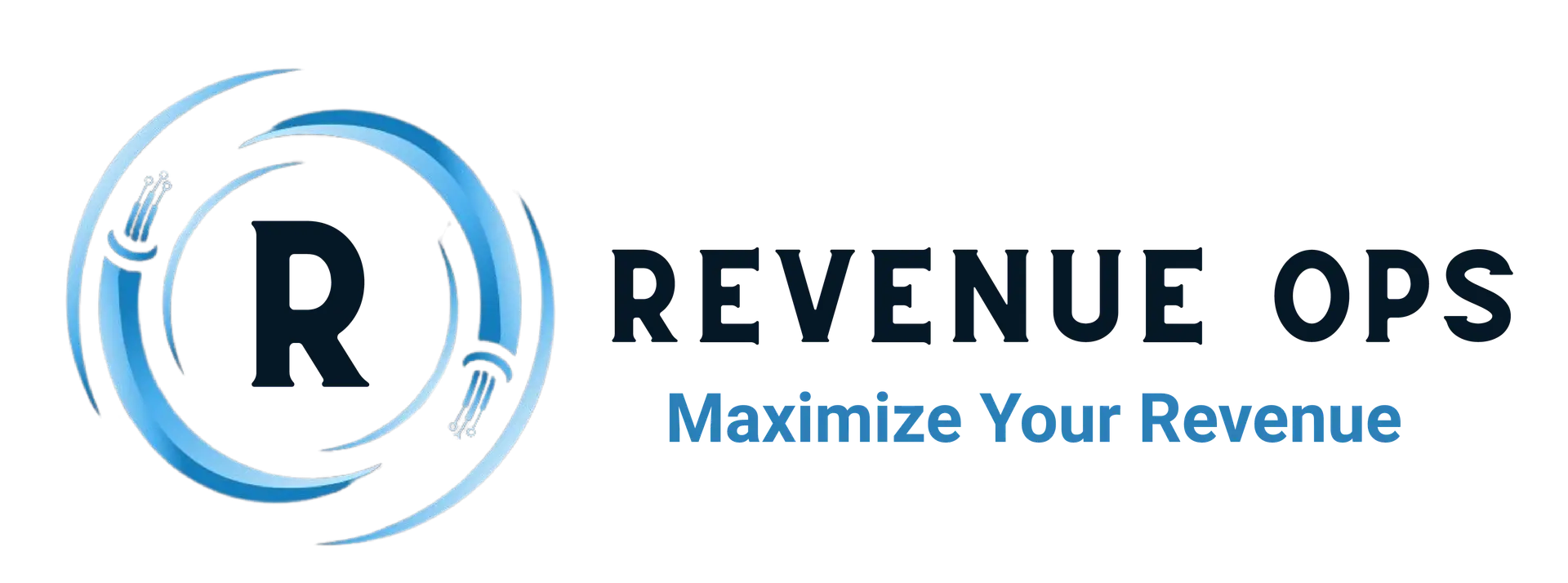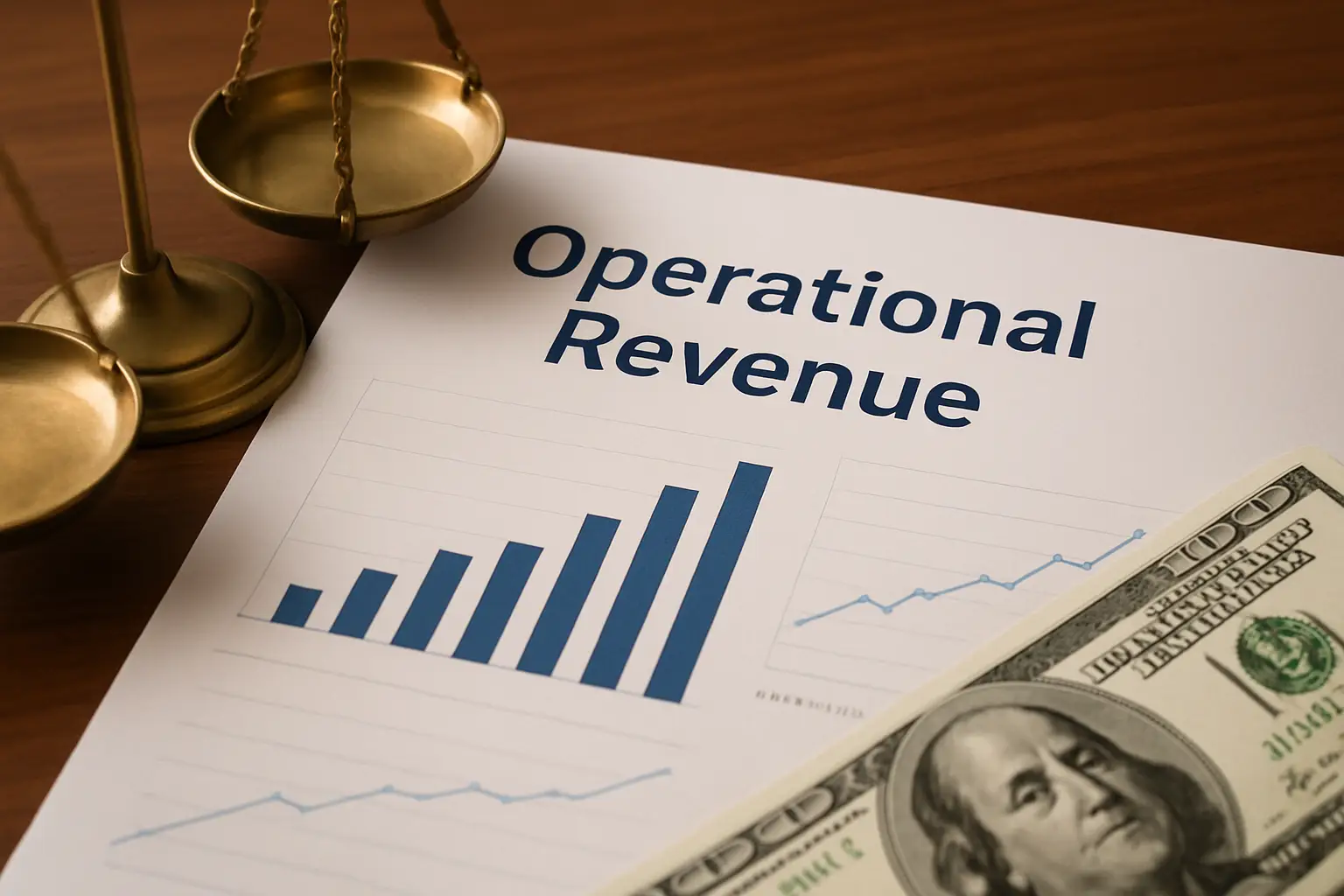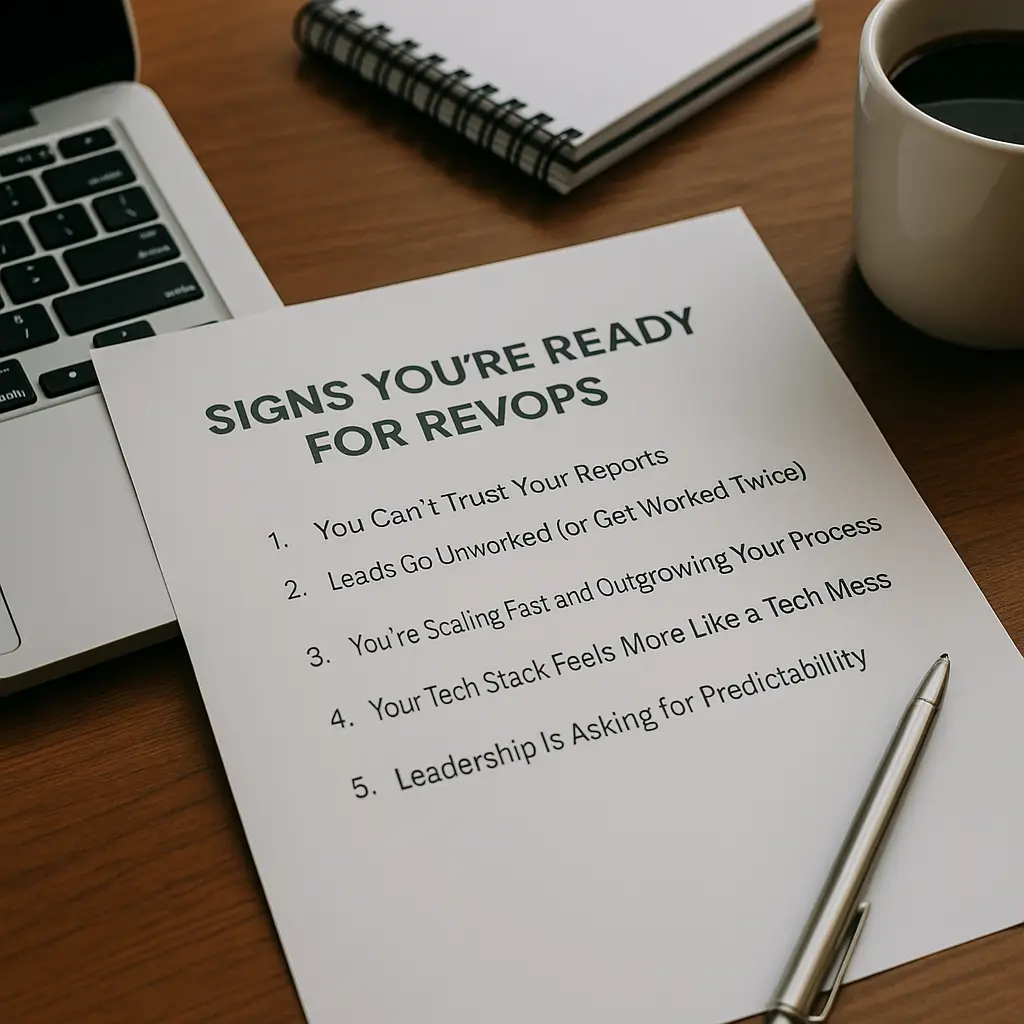
Crafting a Sales Engagement Strategy
Previously, we did a deep dive into the differences between sales engagement and sales optimization. Now, let’s talk about what it actually looks like to flesh out a sales engagement strategy and how it can help your organization.
As consumers become more informed, sales representatives have to be responsive and provide a personalized experience for their prospects and clients. A sales engagement platform should make it easier to minimize the amount of time the team spends on repetitive tasks and maximize the time spent on meaningful activities that drive revenue.
It’s helpful to create a customized plan to meet the business and technological needs of the sales team. These five steps are the key to a successful sales engagement strategy.
Analyze Your Goals
It’s crucial first to understand what you’re trying to accomplish with a sales engagement platform. What problems are you looking to solve, and would implementing a new technology help to bridge the gap?
What activity metrics are most closely aligned to the success of the sales team? For example, what activities are taking a lot of time to accomplish but aren’t driving ROI? Also, what constitutes a realistic bar for measuring success for the team?
A good sales engagement platform will help decrease the amount of time spent on repetitive tasks and help your team reach the activity goals that have proven to drive revenue. Knowing what’s important to your team will lead you towards the type of sales engagement software that you should consider implementing.
Some different types of sales engagement software include sales content management and sales coaching/productivity software. Sales content management allows sales reps to easily access and share relevant content with their prospects, along with helping you to measure what content is driving prospect activity. Coaching and productivity software allows reps to accomplish more activities, but to do so while still personalizing their conversations and allowing their manager to offer guidance on how to have valuable conversations with prospects.
To understand which type of software would be most helpful, you need to talk to your team. So that’s step two in this process.
Talk to the Team
Who knows better about the challenges that the sales team is facing than the sales team themselves? The reps have their boots on the ground, and they’re able to quickly identify the major pain points that are hindering their success.
Spend some time talking through the knowledge transfer gaps between the content that the marketing team is providing and how easily the sales team can find the content that they’re looking to share in a short amount of time. Is there software that can make sharing content and measuring effectiveness easier for both parties?
You can make a list of the pain points that the teams are facing and a wish list of items or functionality that the team wishes were in place. Next, you’ll use this information to create a set of requirements and use it to evaluate each tool’s capabilities.
Create a shortlist of various software options that could solve the team’s issues and set up a demo for the team to get their feedback on the user interface and the technological capabilities. You want to be sure that you’re only considering software that fits within your budget requirements. It does no good for the team to see the capabilities of something that is beyond reach.

State Your Case
To pitch this investment to the Chief Financial Officer, you must show the value of implementing this software to the organization. Why is this software, tool, etc., worth implementing and integrating into the existing technology stack?
To demonstrate ROI, you’ll need some hard facts. Research the software and put together a presentation that shows the expected outcomes and potential gains that could be realized by implementing this sales engagement software. You should consider qualitative and quantitative data, and leveraging those customer stories from your sales team that talk about the pain they’re experiencing will make a compelling case for taking action.
Discuss the current benchmarks for the team, and outline the plan for measuring the efficacy of this investment. Next, create realistic SMART goals that show the C-Suite that you’re confident in the tool’s capabilities and demonstrate the value it will bring to the company. Finally, present a realistic budget request based on the system that best meets the team’s needs and secure approval to move forward. Be sure to include the one-time implementation costs for the software, in addition to any recurring software costs in the budget proposal.
Once you confirm approval, it’s time for the implementation fun to begin!
Make an Implementation Plan
Once you’ve selected the technology you want to implement, work with an implementation partner like Revenue Ops LLC to develop a plan for implementation, integration, and training.
A suitable implementation plan will allow time for discovery so that the implementation partner can learn all about your current processes and incorporate them into the new workflows that they’re developing for the team, including the new sales engagement software.
The next step for implementation is the build phase, where the new assets are configured to meet the customized needs of the team. It’s prudent to solicit feedback after the assets are built to satisfy the requirements and the team’s expectations. After the building phase is complete and the new technology has been deployed, user acceptance testing ensures that the software works as designed and anticipated. You’ll want to iron out any bugs before going live.
Before going live, the users will be trained on the new software and processes and educated about how this will help make their jobs easier. Since they’ve been included throughout the discovery, selection, and implementation process, the team will hopefully be extremely excited about the changes and embrace the new technology.
Finally, it’s time to go live and deploy everything to production. After the go-live, allow some time to monitor how the deployment is progressing. Make any changes necessary to smooth the process. After that, sit back and watch the magic happen!
Measure the Outcomes
Simply put, track success. Constantly evaluate where there’s a visible improvement, successes and how to capitalize on those. Be sure all reps are adequately trained on the new software and processes, and monitor their usage to ensure proper adoption.
Create reports and dashboards to track those critical KPIs identified in your SMART goals, and communicate the results to your team and the C-Suite. Is the new software helping you to meet the goals you set forth? Since you’ve taken the time to vet the software properly, create the appropriate processes, and understand the actual pain points of the team, you’ll see some dramatic improvements after implementation.
Plan Your Sales Engagement Strategy
Planning a sales engagement strategy will prove valuable to your business and teams, as it will help you increase productivity and maximize ROI. In addition, by removing barriers between the sales and marketing teams, new strategies will open new avenues between sales reps and content creators.
These five steps are the key to a successful sales engagement strategy:
- Analyze Your Goals
- Talk to Your Team
- State Your Case
- Make and Implementation Plan
- Measure the Outcomes
Our team at Revenue Ops LLC are sales engagement software implementation and integration experts. We can help you analyze different software options for your company, understand your current practices and systems, and determine the best technological fit for your organization. Schedule a discovery call to speak with one of our consultants to get started.
